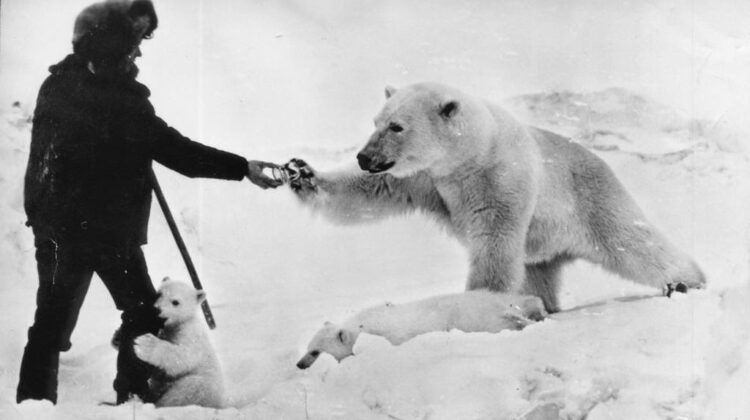
Photo taken in the Chukchi Peninsula, Soviet Union, during a routine military expedition. It’s unclear whether there are more white bears or people on the Chukchi Peninsula.
The weather can be very harsh, and sometimes it can get so cold in the winter that the temperature drops to -40°F (40°C), starving and freezing the poor white bears and their cubs.
The soldiers who were stationed in the Army District of the Chukchi Peninsula didn’t ignore the starving and destitute animals and eventually began to feed them.
Naturally, you don’t keep enough meat in your home to feed several white bears. Soldiers made the decision to feed the bears condensed milk from cans, which they had in large quantities.
Armed forces members would use a tin opener to open such a can, hand it to the bear, who would then lick the milk out of it and use it to feed her cubs. Every Soviet child’s go-to winter dessert consisted of one of those blue and white condensed milk tins.
The shelf life of the condensed milk, known in Russian as sgushchennoye moloko, was indefinitely long, and there was always a plentiful supply. It was a typical dessert in the military as well.
Given that condensed milk was available in unlimited quantities in the USSR, unlike some items that were subject to rationing, it is not surprising to see it distributed to bears.
The tracked vehicle in the image is a fully amphibious GT-SM GAZ-34036. The Soviet military frequently used this vehicle.
It was an over-snow vehicle made primarily as a general cargo/troop carrier and light artillery/heavy mortar tractor, though it could also be used for other purposes. The GT-S can also move through areas of shallow swamp.
The layout is standard, with the cab in front, the cargo/troop section behind it, and the engine compartment in between. The GT-S is capable of towing 2 tons.
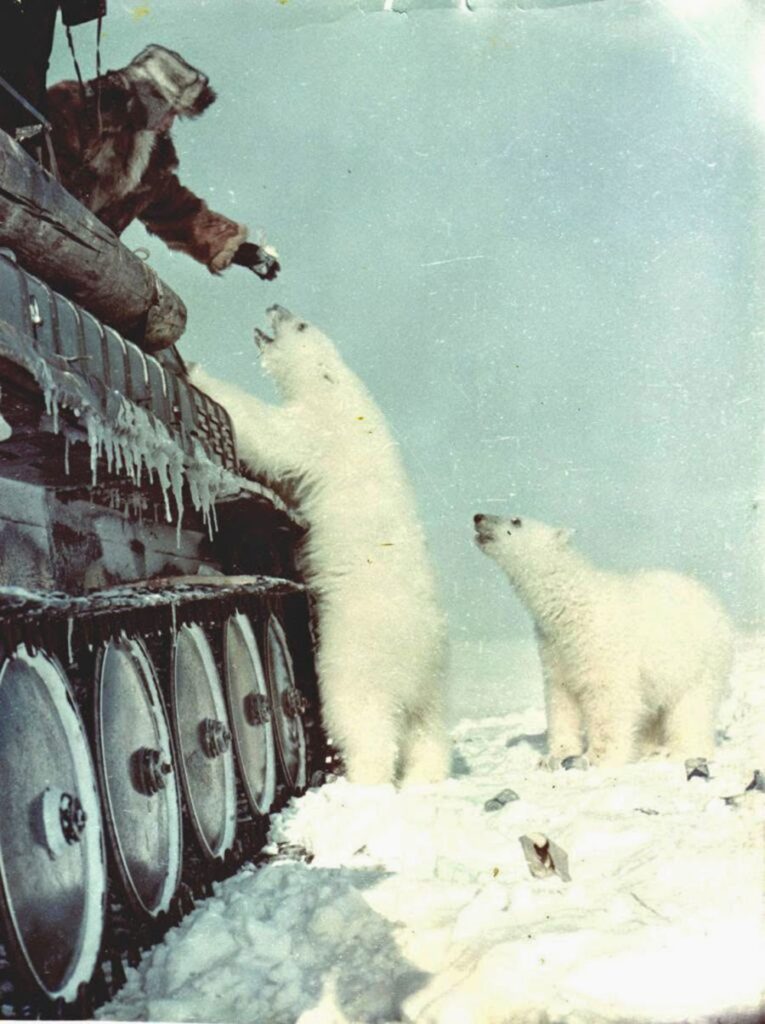
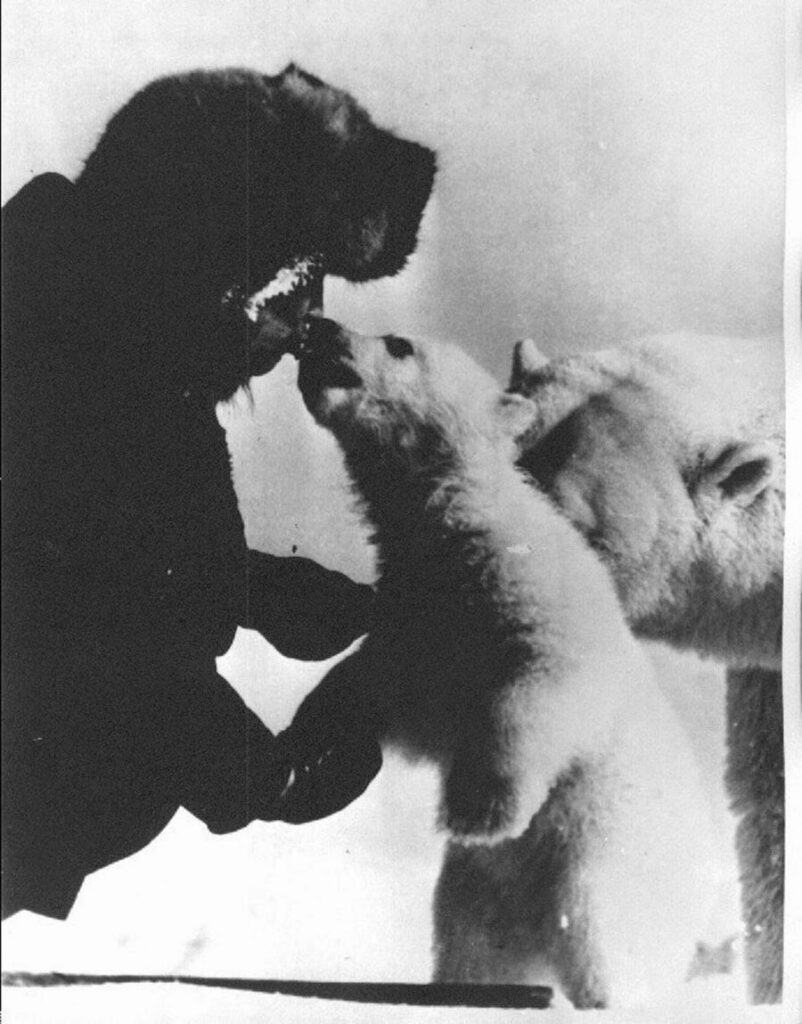
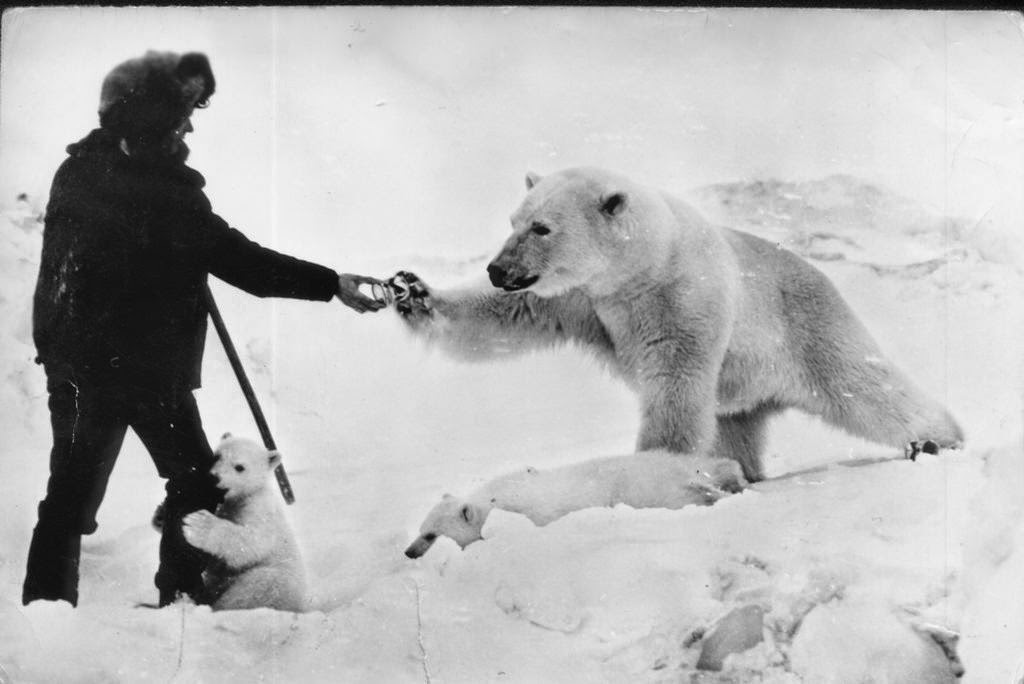
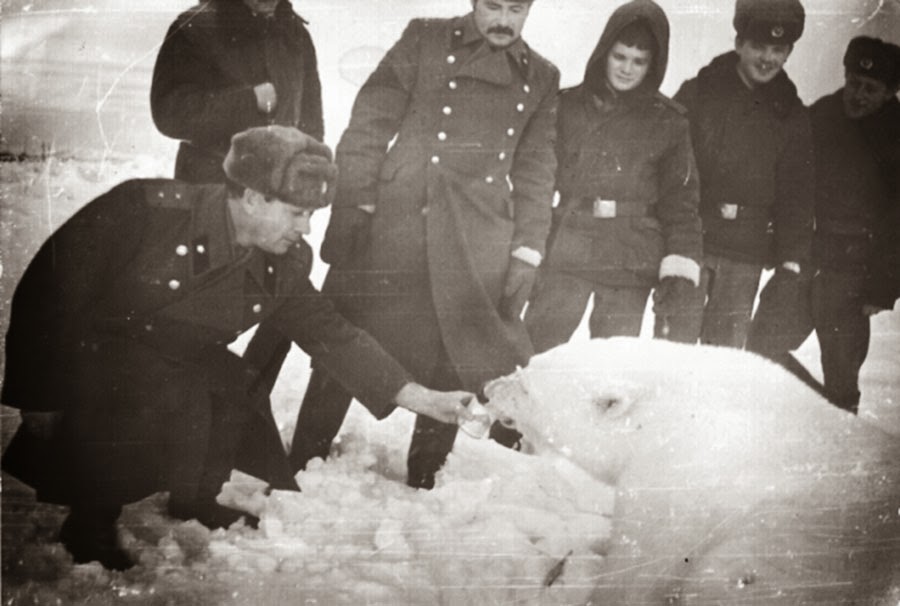

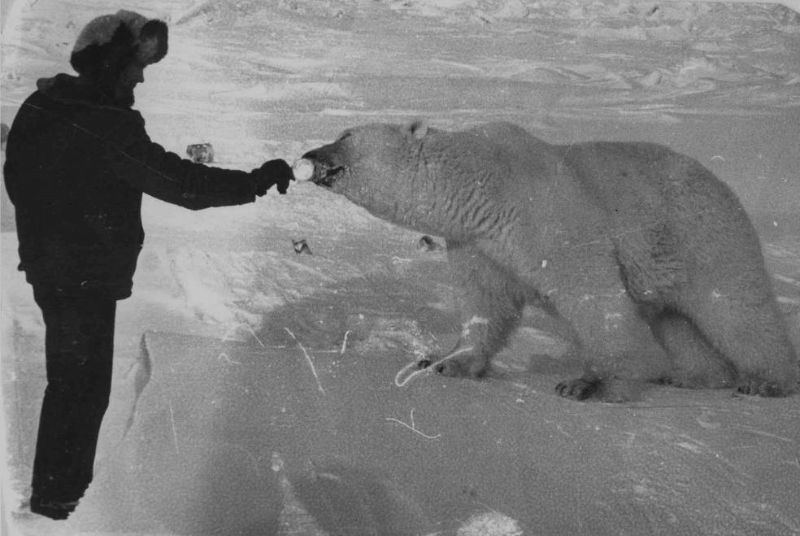

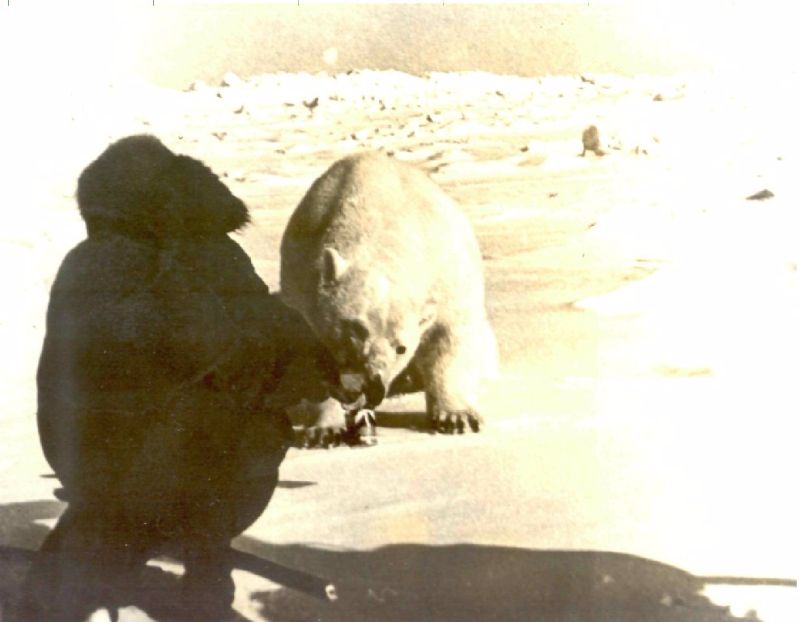
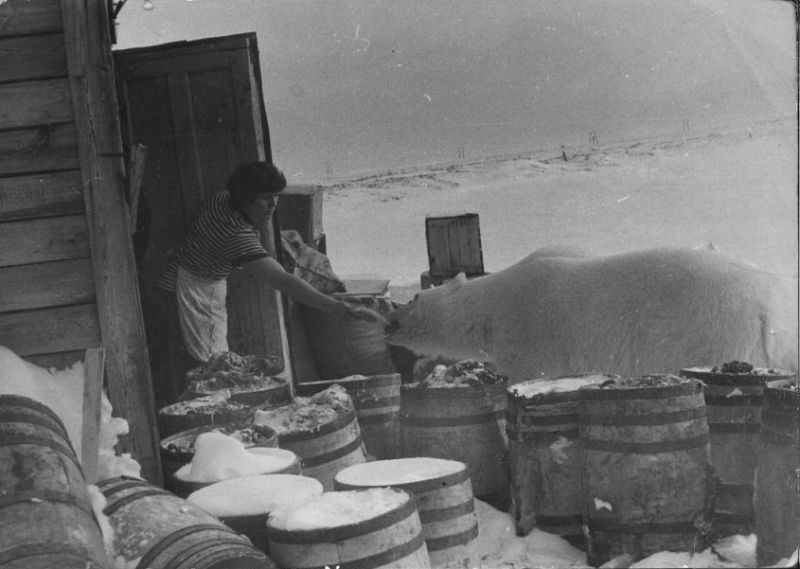
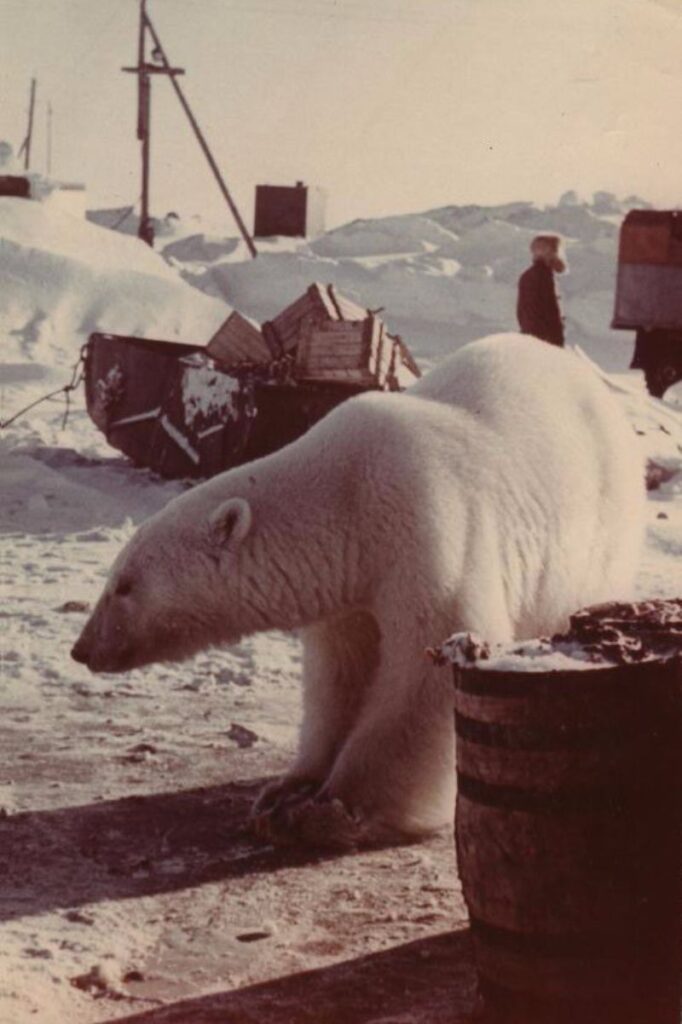
(Photo credit: Russian Archives).

Leave a Reply